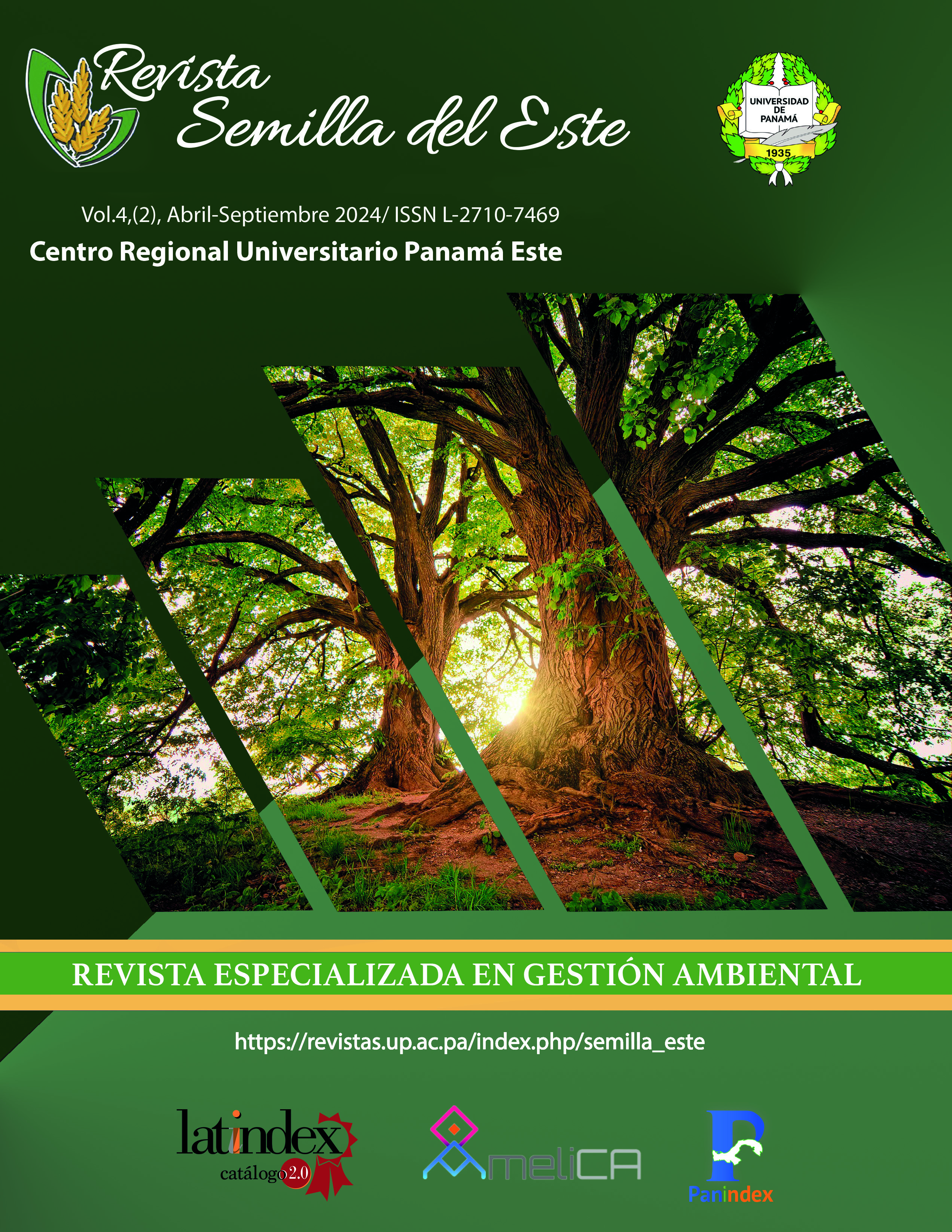


Esta obra está bajo una licencia internacional Creative Commons Atribución-NoComercial-CompartirIgual 4.0.
En el IPT México-Panamá, ubicado en Panamá Este se evalúo el efecto de la fertilización nitrogenada en la producción de materia seca y composición química del pasto Brachiaria híbrido CIAT BR 02/1794 cv. Cobra, en un diseño de bloques completos al azar. Las dosis estudiadas fueron de 50, 75, 100, 150 y 200 kg/N/año. No hubo diferencias significativas (P>0.05) entre los tratamientos nitrogenados, observándose respuestas por el rango de 2652.90, 2508.28, 2165.26, 2101.40 y 2031.57 kg/ha para los tratamientos 50, 200, 75, 100 y 150 Kg/N/ha respectivamente. Entre los intervalos de cortes realizados si existió diferencias significativas (P<0.05). Los mayores valores de proteína cruda fueron obtenidos con el incremento de las dosis de nitrógeno. Estos resultados indican que los mayores porcentajes de proteína en el pasto Cobra se obtuvieron con la aplicación de 200 kg/ha/N con 13.13 %, siendo considerado como excelente para una gramínea decumbente al realizar cortes cada 30 días. La fibra cruda no presentó diferencias significativas (P>0.05) con la aplicación de los tratamientos nitrogenados evaluados, pero sí hubo diferencias significativas (P<0.05) con respecto a los cortes realizados.